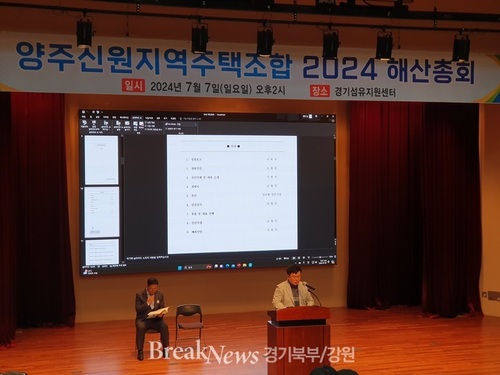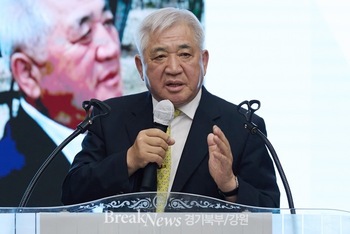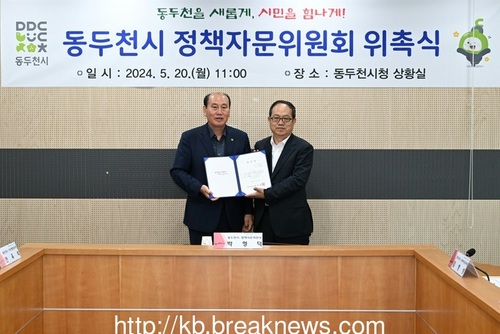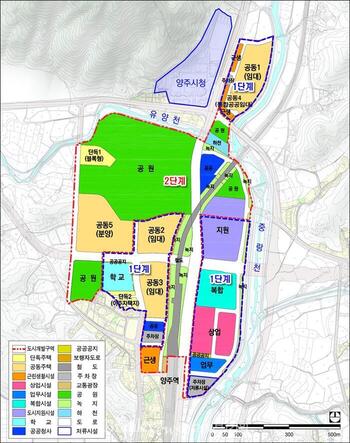의정부을지대병원, "동맥 내 혈전제거술"...후순환계 뇌경색 치료 효과적
급성기 뇌경색 진단 후 혈전제거술 받은 환자 566명 대상 연구
의정부을지대병원, "동맥 내 혈전제거술"...후순환계 뇌경색 치료 효과적급성기 뇌경색 진단 후 혈전제거술 받은 환자 566명 대상 연구
[장선희 기자 = 경기북부/강원] 의정부을지대학교병원 신경과 이동환 교수 공동연구팀(공동저자 고대안산병원 신경과 권하님 교수, 교신저자 서울아산병원 신경과 김종성 교수)은 혈관 폐색 부위 및 그에 따른 기전과 관계없이 혈전제거술이 전순환계, 후순환계 뇌경색 환자의 혈관 재개통률을 90% 이상 끌어올릴 수 있음을 입증했다고 밝혔다.
급성기 뇌경색의 표준 치료법으로 자리잡은 동맥 내 혈전제거술(EVT, 이하 혈전제거술)이 전순환계 뇌경색뿐만 아니라 후순환계 뇌경색 치료에도 효과적이라는 연구 결과가 나왔다고 했다.
연구팀은 지난 2012년부터 2020년까지 급성기 뇌경색으로 혈전제거술을 받은 환자 566명을 대상으로 혈관 폐색 부위에 따라 전순환계와 후순환계로 나누고, 아형에 따라 ▶두개 내 동맥경화 ▶동맥-동맥 색전증 ▶심장 색전증으로 분류한 뒤 혈전제거술 시행에 따른 뇌경색의 기전별 예후를 비교 분석했다.
연구 결과 ▶미국국립보건원 뇌졸중척도(NIHSS) 점수가 낮거나 ▶시술 후 뇌출혈이 발생하지 않은 경우에서 혈전제거술이 예후에 긍정적인 영향을 미쳤으며, 혈전제거술 시행에 따른 전순환계, 후순환계 뇌경색의 단기 예후는 큰 차이가 없었다.
다만 후순환계 뇌경색의 경우, 전순환계 뇌경색과 달리 증상 발생부터 시술 후 혈관 재개통까지 상대적으로 오랜 시간이 소요됐는데 이는 환자들이 현기증, 복시, 시력저하 등의 증상을 뇌경색 전조증상으로 인지하지 못했기 때문인 것으로 풀이된다.
그동안 진행된 대규모 연구는 주로 전순환계 뇌경색에 관한 것이어서 이보다 증상이 심해 예후가 좋지 못한 후순환계 뇌경색에 대해서는 치료 효과를 충분히 입증하지 못했다.
신경과 이동환 교수는 “이번 연구가 후순환계 뇌경색 환자에 대한 혈전제거술 치료 확대의 주요 근거가 될 것으로 기대한다”고 밝혔다.
혈전제거술은 뇌경색의 골든타임을 24시간까지 연장시키고 뇌경색 환자의 생존율을 비약적으로 향상시킨 치료법으로, 2015년부터 활발히 시행되고 있다.
이번 연구는 SCIE급 국제 학술지 Journal of Stroke(SCIE, IF 8.632) 최신호에 게재됐다.
*아래는 위 기사를 '구글 번역'으로 번역한 영문 기사의 [전문]입니다. '구글번역'은 이해도를 높이기 위해 노력하고 있습니다. 영문 번역에 오류가 있을 수 있음을 전제로 합니다. *The following is [the full text] of the English article translated by 'Google Translate'. 'Google Translate' is working hard to improve understanding. It is assumed that there may be errors in the English translation.
Uijeongbu Eulji University Hospital, "Intraarterial thrombus removal"... Effective treatment of cerebral infarction in the posterior circulation
A study of 566 patients who underwent thrombectomy after diagnosis of acute cerebral infarction
[Reporter Seon-hee Jang = Northern Gyeonggi/Gangwon] The joint research team of Professor Lee Dong-hwan of Department of Neurology at Uijeongbu Eulji University Hospital (co-author Professor Ha-nim Kwon, Department of Neurology, University of Ansan Hospital, Corresponding author Professor Jong-seong Kim, Department of Neurology, Asan Medical Center, Seoul) conducted a study on vascular occlusion and its mechanism. Regardless, it has been proven that thrombectomy can increase the revascularization rate of patients with cerebral infarction in the anterior and posterior circulatory system by more than 90%.
Intra-arterial thrombectomy (EVT, hereinafter referred to as thrombectomy), which has become the standard treatment for acute cerebral infarction, was found to be effective in the treatment of posterior cerebral infarction as well as precirculatory cerebral infarction.
The research team divided 566 patients who underwent thrombectomy for acute cerebral infarction from 2012 to 2020 into anterior and posterior circulatory systems according to the site of vascular occlusion. After classification as an embolism, the prognosis by mechanism of cerebral infarction following thrombectomy was comparatively analyzed.
RESULTS: Thrombectomy had a positive effect on prognosis in cases where the National Institutes of Health Stroke Scale (NIHSS) score was low or there was no postoperative cerebral hemorrhage. There was no significant difference in prognosis.
However, in the case of posterior circulatory cerebral infarction, it took a relatively long time from symptom onset to revascularization after the procedure, unlike pre-circulatory cerebral infarction. it is solved
The large-scale studies conducted so far have mainly focused on the cerebral infarction of the precirculatory system, and thus have not sufficiently demonstrated the therapeutic effect of the cerebral infarction of the posterior circulatory system with more severe symptoms and poor prognosis.
Professor Lee Dong-hwan of the Department of Neurology said, "We expect this study to serve as a major basis for expanding the treatment of thrombectomy for patients with cerebral infarction in the posterior circulation."
Thrombectomy is a treatment that prolongs the golden time of cerebral infarction to 24 hours and dramatically improves the survival rate of cerebral infarction patients, and has been actively implemented since 2015.
This study was published in the latest issue of the SCIE-level international journal, Journal of Stroke (SCIE, IF 8.632).
이 기사 좋아요
<저작권자 ⓒ 브레이크뉴스 경기북부 무단전재 및 재배포 금지>

댓글
장선희 기자, 의정부시, 의정부을지대학교, 신경과, 이동환, 교수, 공동연구팀, 혈관, 폐색, 혈전제거술 관련기사목록
|
많이 본 기사
경기북부 많이 본 기사
|





























